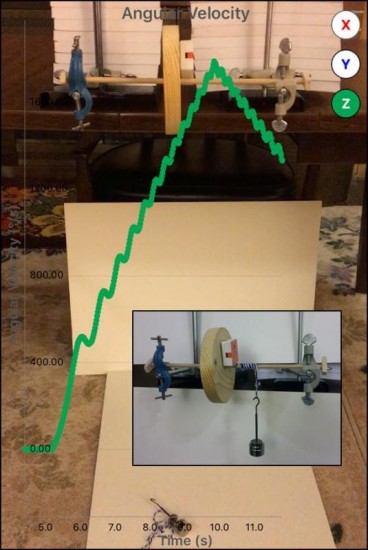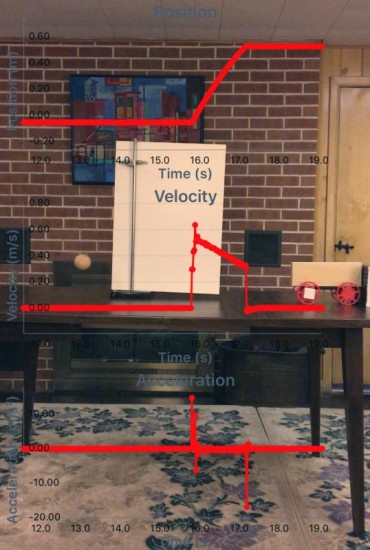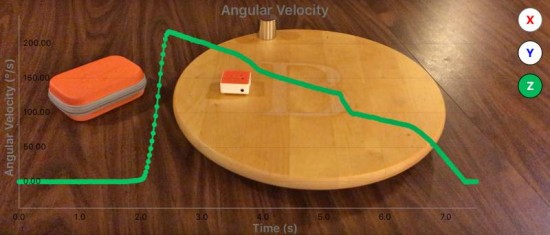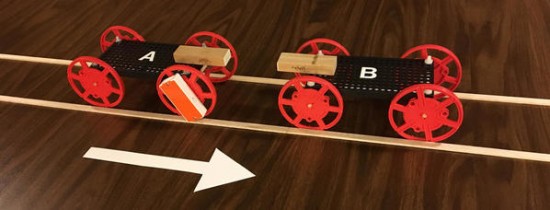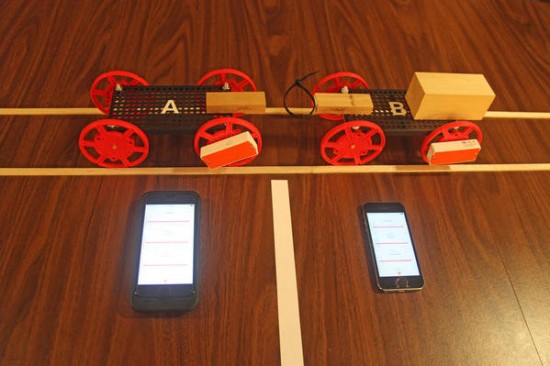PocketLab Voyager: A Flywheel Experiment
With the current growth in interest in flywheels, stemming from concern for the environmental impact of fossil fuel use, flywheels provide a convenient way for storing energy. Because of this, the study of flywheels in the physics curriculum is well worth consideration by teachers. Such a study allows for a careful examination of the principles of conservation of energy, as well as both linear and rotational kinematics. PocketLab Voyager’s ability to collect angular velocity data makes data collection much easier than was required in similar past experiments wit

